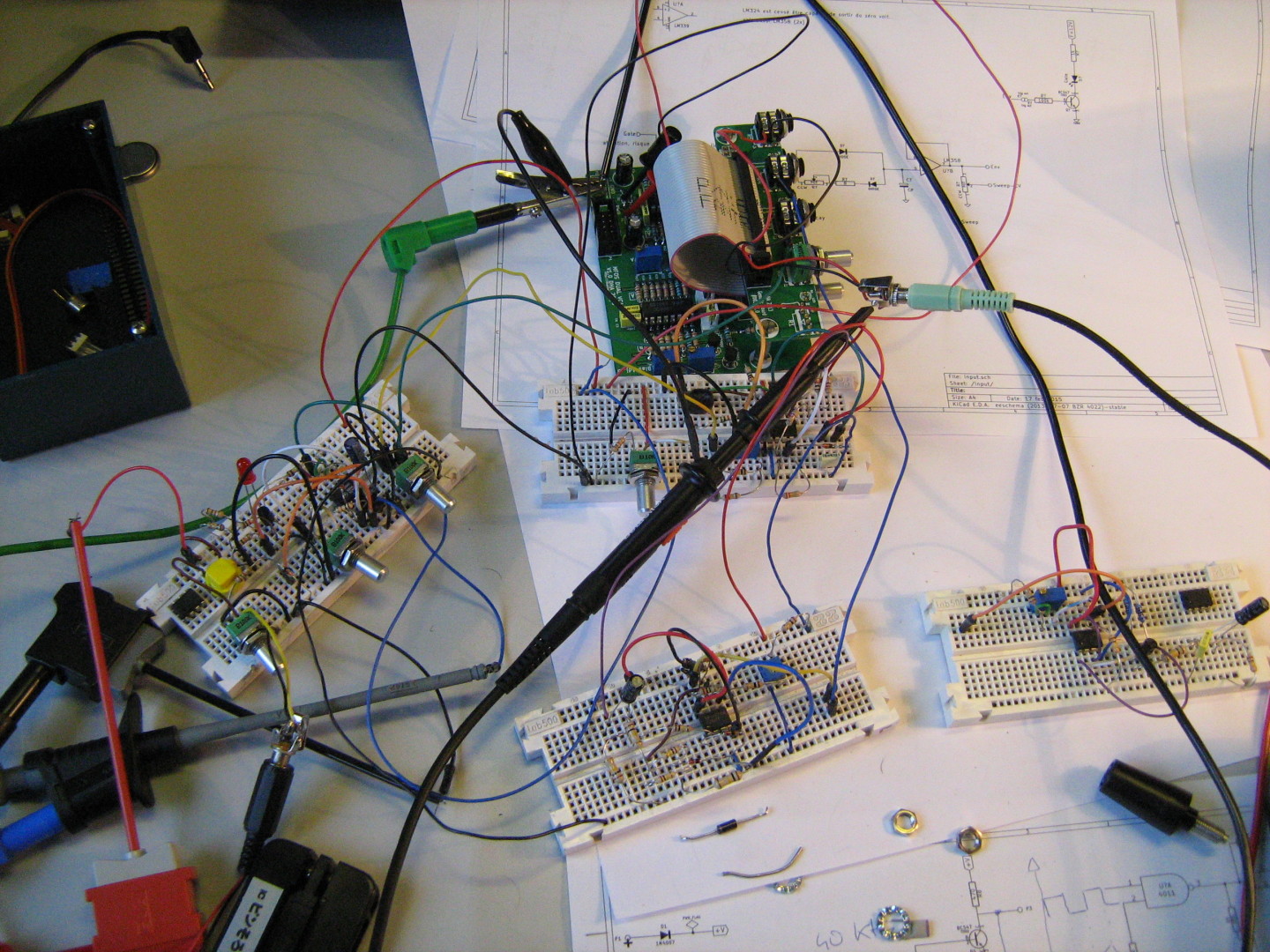
I’m still working on my DS8 Clone. I made 2 previous versions, but I’m not satisfied enough. The fact is DS7 or DS8 drums and their “clones” suffer from the original design flaws. All those clones are copies from the original model, with some additions. But they inherit the poor quality design. To mention a few, the low amplitude output, the poor noise source, the linear release enveloppe shape, the lack of punch on attack, the lack of 1 V/Oct tracking… And it’s not easy to debug.
So, I decided to completely redesign the guts of my next Drum Synth. Same behaviour, better characteristics.
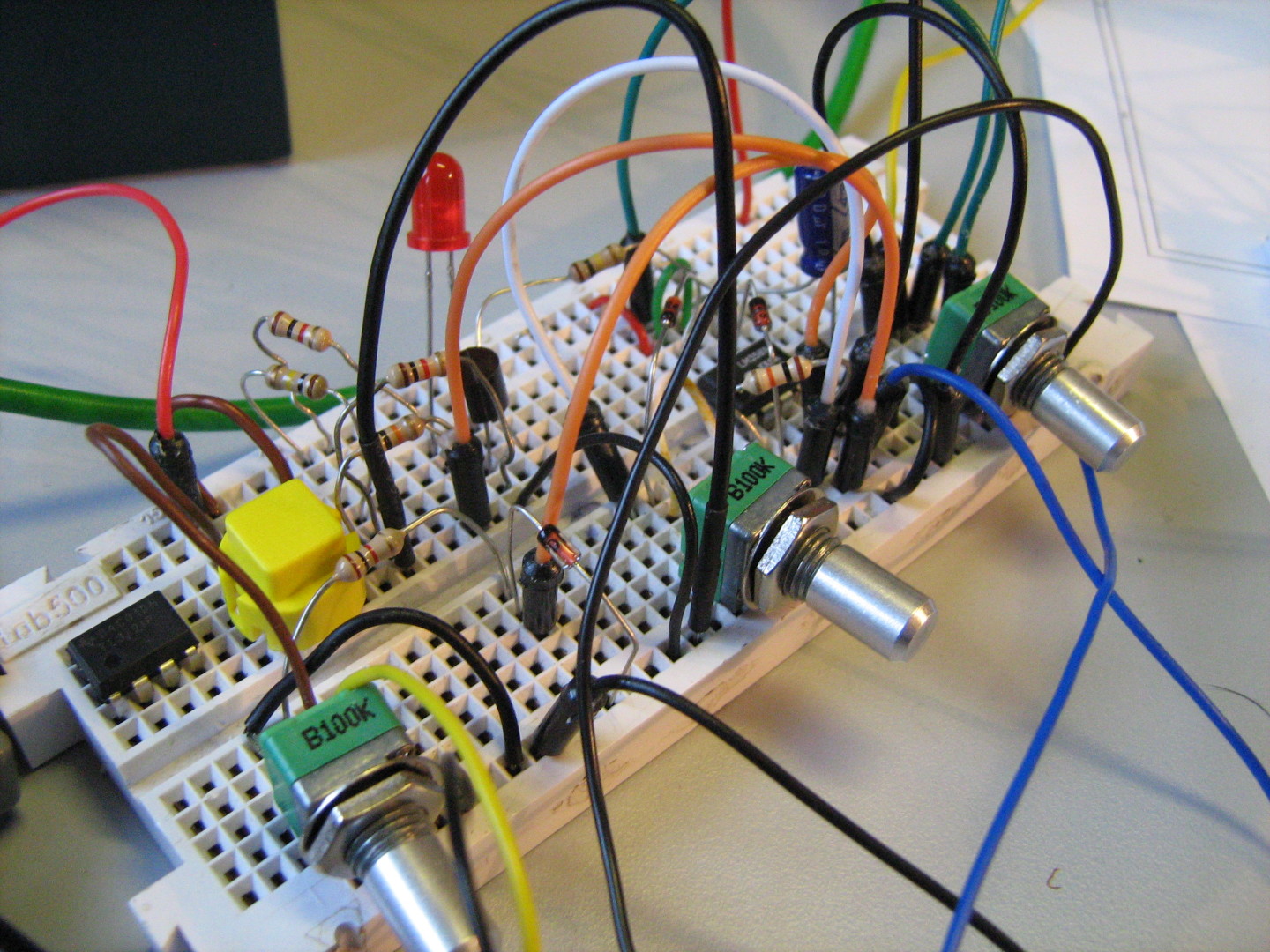
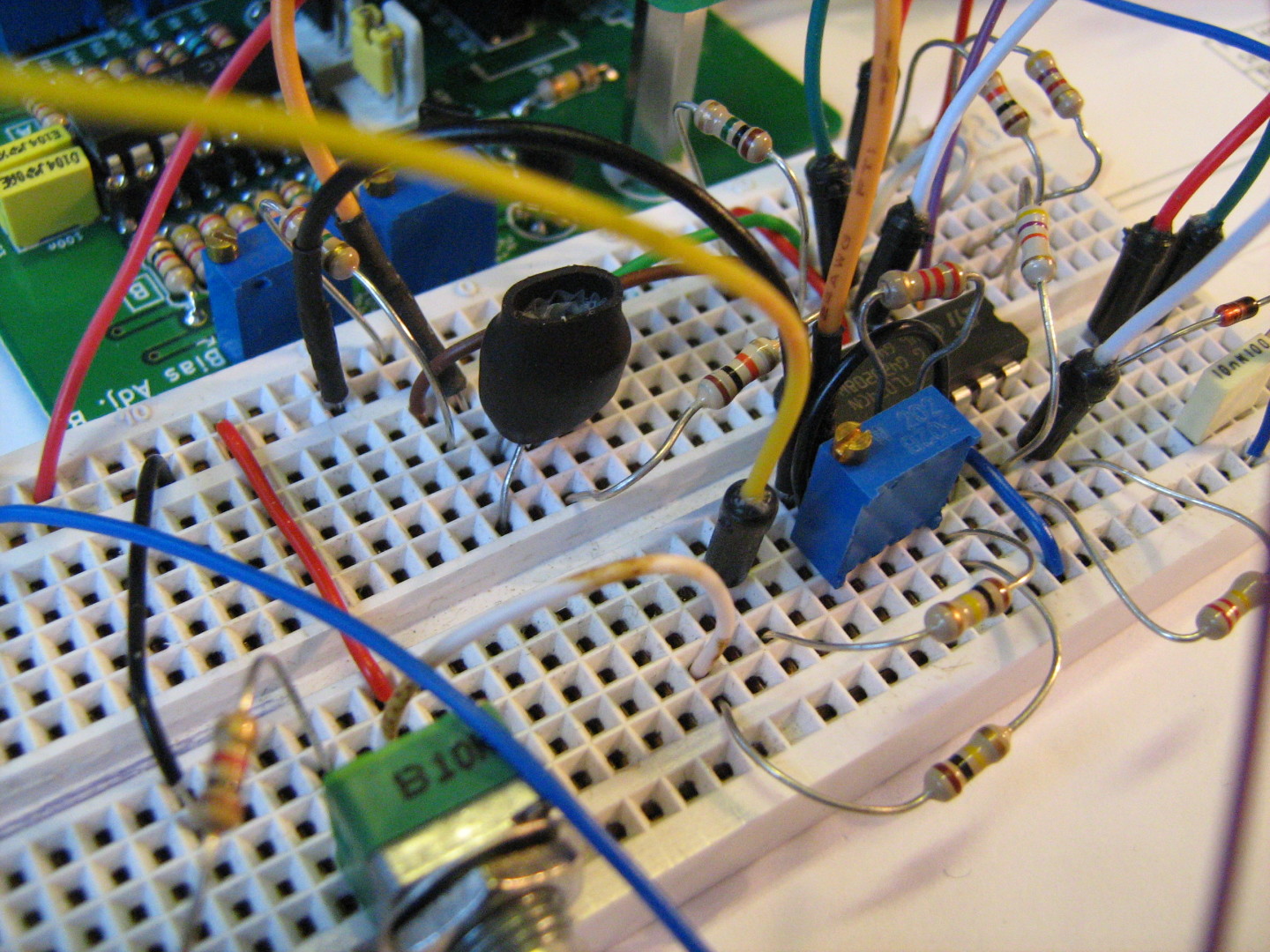
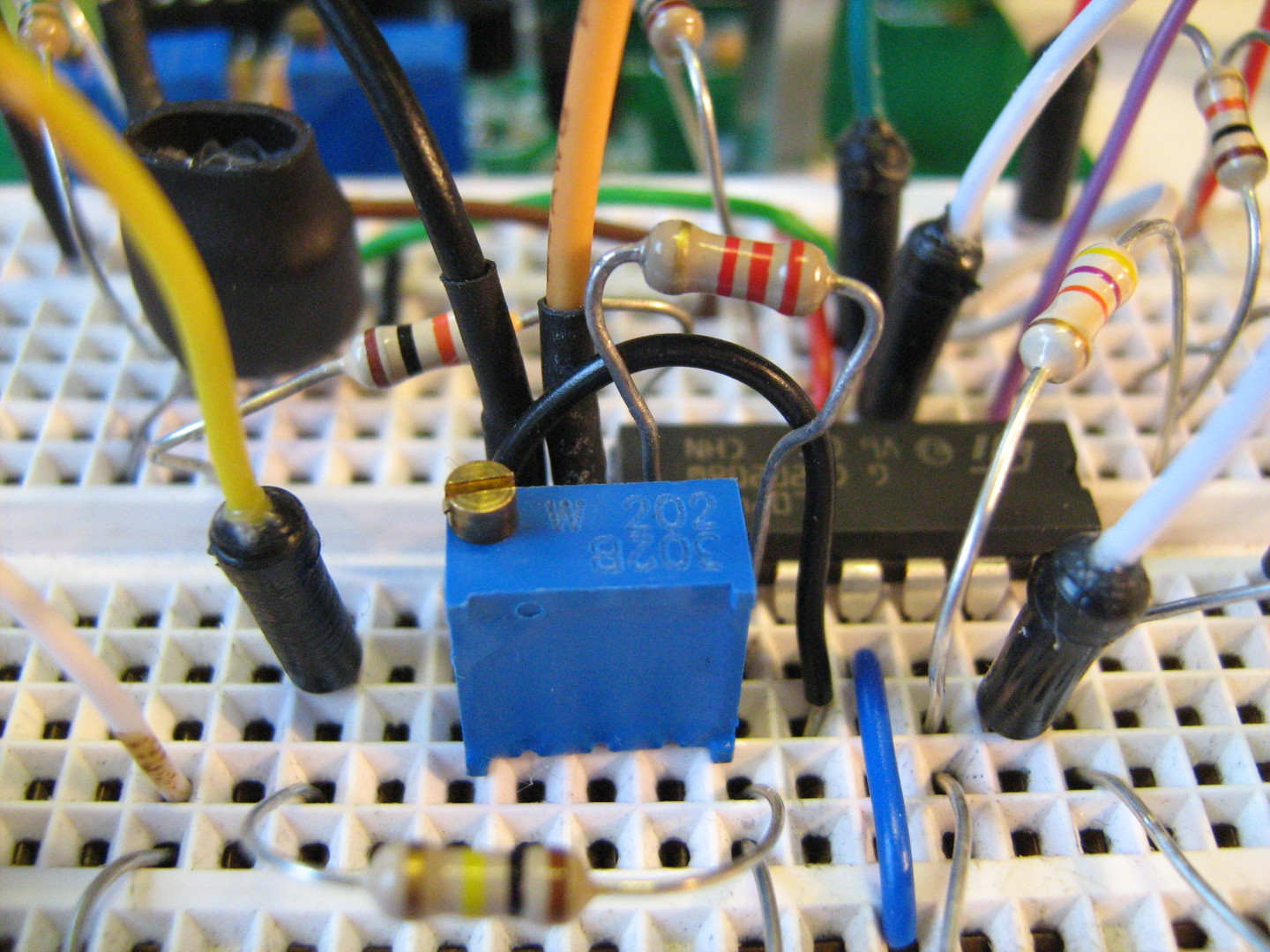
Believe it or not, it’s really stable!
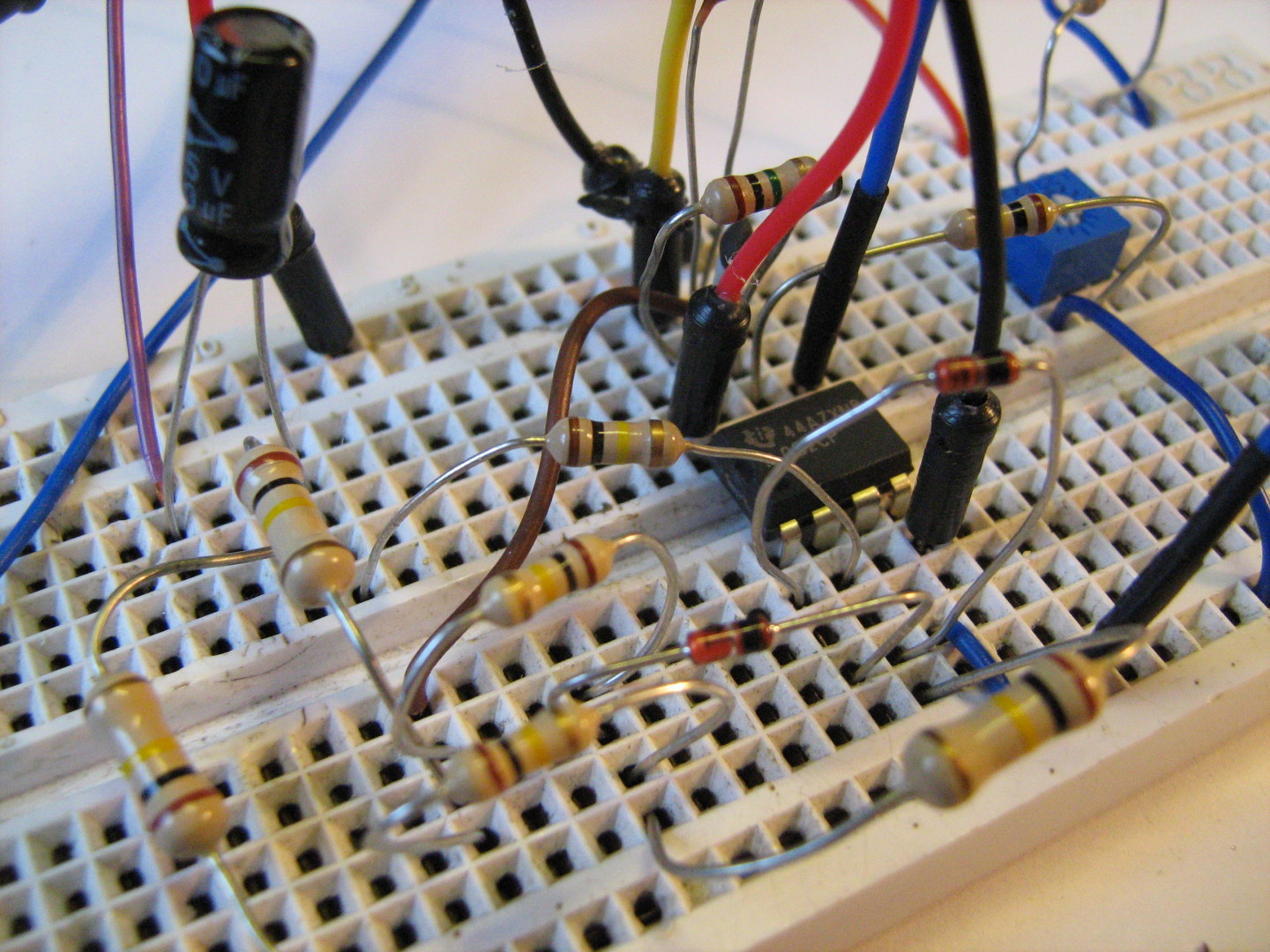
The work is at breadboard step. But so far, I successfully validated most of the basic internal blocks:
- Saw core VCO with 1 V/Oct tracking
- Saw to Triangle Wave Shaper
- Input Buffer and Enveloppe Generator
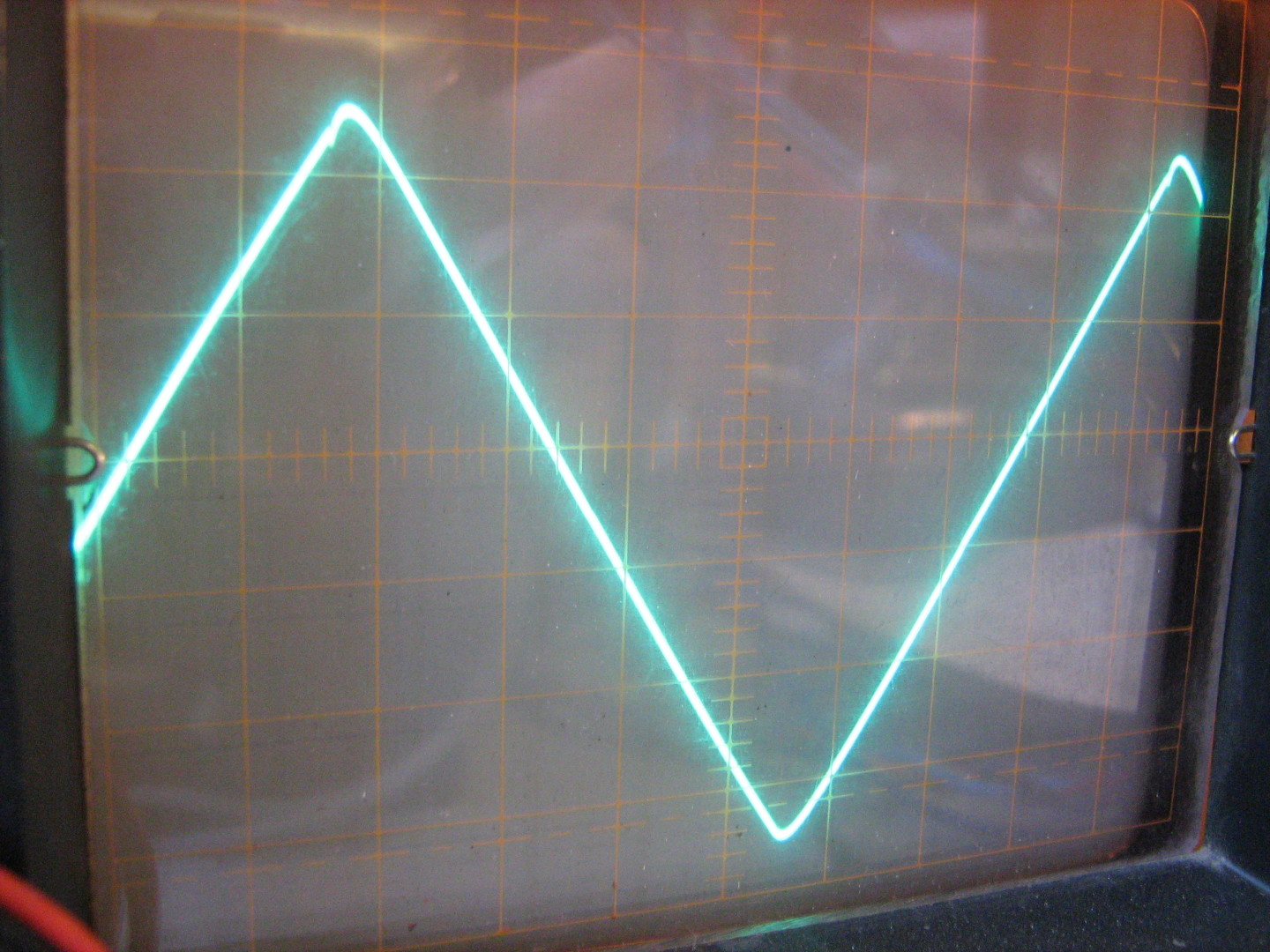
I need to confirm the following modules:
- VCA. I’m still not sure which design I should use.
- LFO. It shouldn’t be a complicated task anyway.
- Noise source, but I’ll reuse the design from my previous version, with modifications.
- Audio Mixer. That’s a simple task. No problem whatsoever.
Now, I’m not sure on the next point: Impact is a major problem on this kind of “drum”. I used an impact circuit based on a design from Thomas Henry. But I’m not totally satisfied with it. I’m pretty sure a VCF with high resonance could do a better job. So I need to dig in this direction.